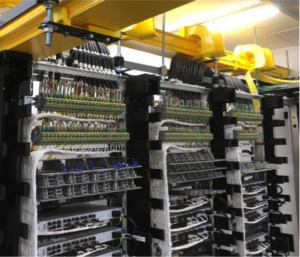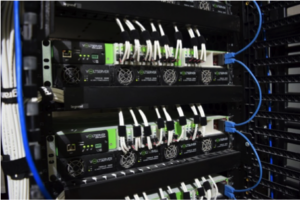There are as many in-building wireless systems as there are buildings, and each must be carefully planned. There are many factors to consider when designing such systems. Examples include the architecture of a distributed antenna system, whether passive, active, or hybrid; the types, numbers, and locations of radio units and antennas; the types of interference that must be guarded against; and the wireless standards and frequencies that must be supported, to name a few. But no matter the size or environment of an in-building wireless deployment, there is one aspect of wireless infrastructure that is so fundamental it can’t be ignored: power.

For active in-building wireless deployments striving for next-gen capabilities, power is the Achilles heel of the system. The goal of more data and faster speeds over longer distances means more power is essential but delivering this power properly can be difficult. The conduits used in current in-building wireless systems are meant for data, power, or both, but none of the conventional cables are optimized for the latest generation of wireless standards, let alone future generations. Furthermore, it’s important to ensure that the source of that power is reliable, safe, and efficient.

In this report, we’ll examine why current power solutions aren’t always sufficient for next-gen in-building wireless deployments, and then we’ll look at a few up-and-coming solutions that will be key to unlocking the value of leading-edge wireless applications.


